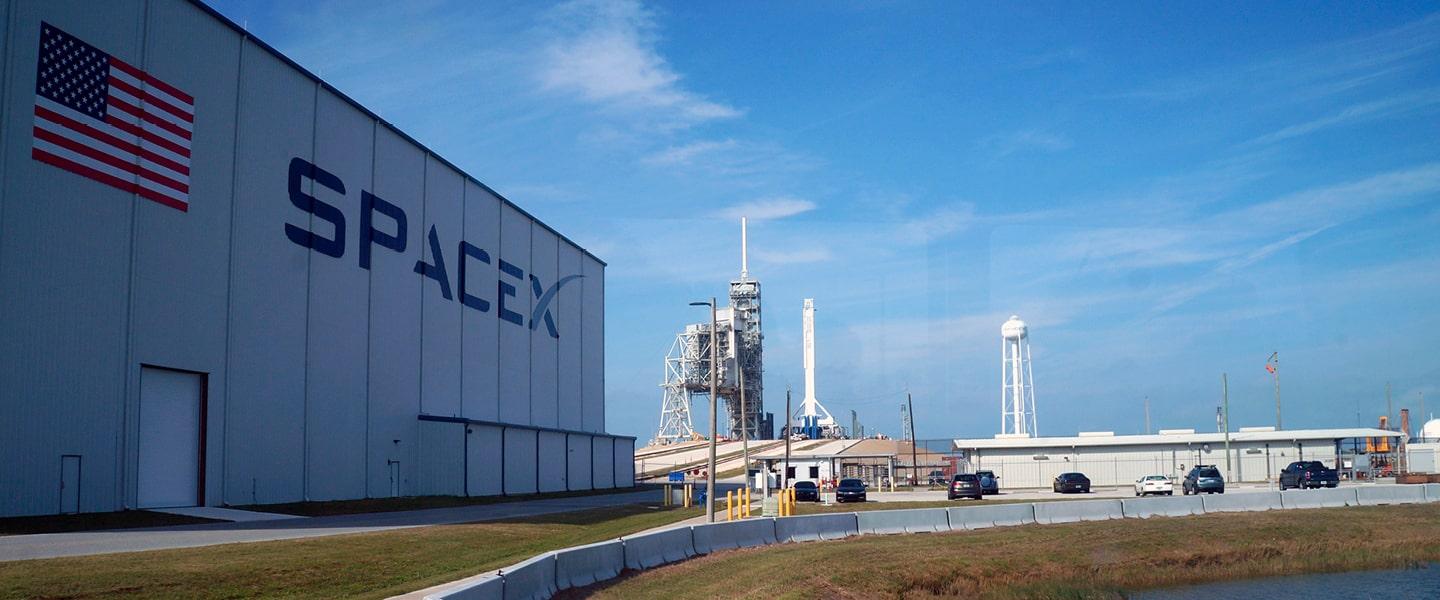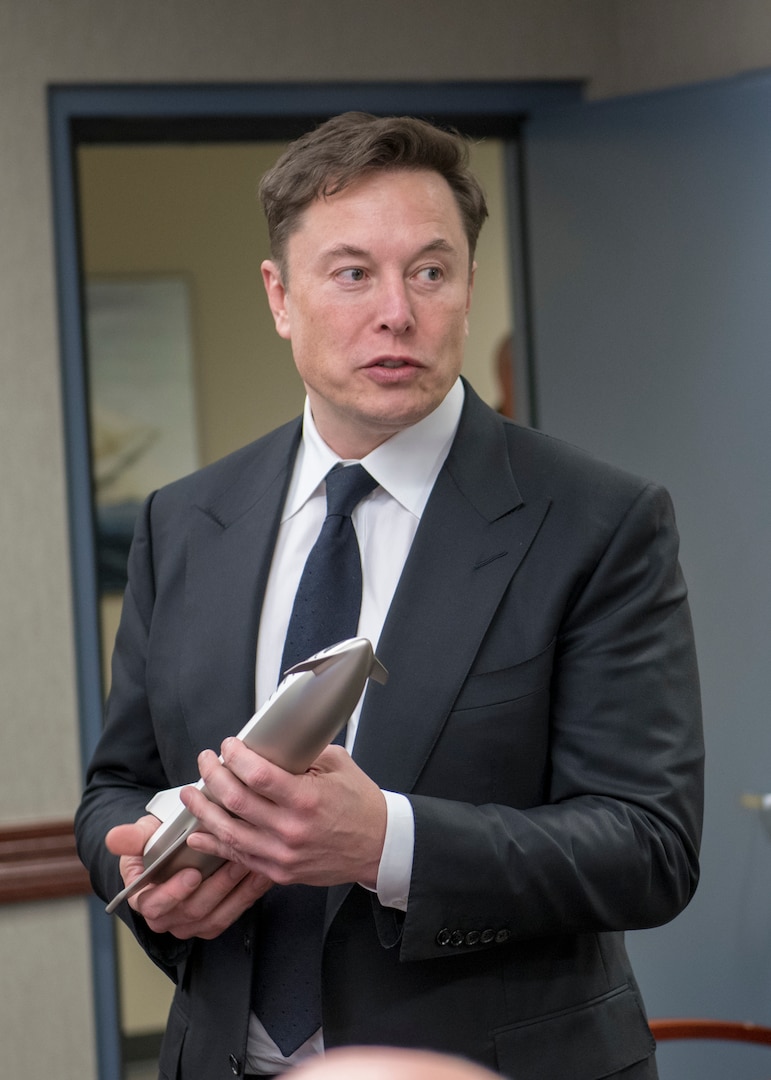For more than half a decade, Elon Musk has been selling the dream of global internet access beamed from space—a technological leap he claims could not only bridge the digital divide but also fund humanity’s colonization of Mars.
Starlink, the satellite internet arm of SpaceX, has made dazzling strides since its launch, building the world’s largest satellite constellation and serving millions of users across 75 countries.
But beneath this spectacular engineering achievement lies a valuation structure that’s beginning to buckle under financial and operational pressure. According to analysts, up to $43 billion of value could be wiped off SpaceX’s books if Musk doesn’t pivot quickly.
Since its public rollout in 2020, Starlink has grown rapidly, with over 2.6 million customers now relying on the service for broadband access. Its value proposition is simple: high-speed internet in remote and underserved regions where terrestrial networks struggle.

With more than 5,500 satellites already in orbit—and plans to scale that number to 42,000—Starlink is Musk’s most ambitious infrastructure play since Tesla’s Gigafactories.
In the private investment market, Starlink is a juggernaut. Investors and venture funds have flocked to SpaceX, driving the company’s valuation to $180 billion as of 2024, with roughly 60% of that—about $108 billion—tied to the perceived future potential of Starlink, according to Quilty Space founder Chris Quilty. But that future is now facing serious headwinds.
On paper, things still look optimistic. Quilty estimates Starlink’s revenue will rise 58% this year to $12.3 billion, driven by both consumer expansion and commercial contracts. But here’s the catch: the service is likely still unprofitable or running on razor-thin margins.
The cost of launching, operating, and replacing tens of thousands of satellites is astronomical. Moreover, SpaceX continues to subsidize user terminals heavily, which sell for a few hundred dollars but cost significantly more to produce and deploy.

Starlink’s early growth may have been fueled by first-mover advantage and subsidized expansion, but sustaining this pace while improving profitability is another challenge altogether. The question now is not just “how big can Starlink get,” but “how much is that growth actually worth?”
If current market expectations are not met—whether due to weak profitability, delayed IPO plans, or intensified competition—Starlink’s $108 billion valuation could suffer a sharp correction.
Industry insiders are already sounding alarms: in a conservative downside scenario, Starlink could lose 20% of its projected value, slashing $21.6 billion from SpaceX’s worth. But if macroeconomic pressures, rising competition from Amazon’s Project Kuiper, and limited margin expansion continue, a 35–40% markdown isn’t just plausible—it’s likely.
Such a markdown would represent up to $43 billion in lost valuation, a blow that would reverberate through the broader space industry and Musk’s interconnected empire of high-risk ventures.
An initial public offering (IPO) of Starlink has been long teased by Musk. He has mentioned it would only happen once the company has “predictable cash flow.” But analysts say time is running out.
The window for a successful IPO—where Starlink could fetch premium multiples based on growth—may be closing as public markets grow increasingly skeptical of cash-burning tech ventures.
The 2021–2022 SPAC boom is over, and today’s investors want profits, not promises. Without profitability or a clear IPO timeline, current investors could start to reevaluate their expectations.
Even if Starlink does go public, if performance doesn’t align with projections, post-IPO share prices could fall quickly—further fueling the narrative of a valuation bubble.
Starlink’s best markets so far have been remote or underserved areas in North America, Australia, and parts of South America. But in developed urban markets, fiber-optic broadband often outperforms Starlink in both speed and latency. And in developing markets, affordability remains a key issue. Even with falling prices, many users can’t justify the upfront cost of the hardware plus the monthly fee.
Moreover, competition is heating up fast. Amazon’s Project Kuiper is moving into production and expects to begin service soon with a planned 3,236-satellite constellation. Chinese companies, as well as European-backed ventures like OneWeb, are also entering the race. In this new environment, Starlink’s first-mover advantage is becoming less of a moat and more of a fleeting head start.
Add to that growing concerns around orbital congestion and government regulation. SpaceX has faced regulatory delays in key markets and pushback from astronomers and global space agencies. Starlink’s dominance in low-Earth orbit is now under scrutiny, and political obstacles could hamper further deployment or require costly mitigation strategies.
The Starlink business model is capital-intensive by design. Even with SpaceX’s relatively low-cost Falcon 9 rockets, launching thousands of satellites every year incurs massive expense. Each satellite only has a useful lifespan of five to seven years, meaning the replenishment cycle is continuous.
Meanwhile, SpaceX has to maintain ground infrastructure, customer support, and a global distribution network.

While Elon Musk is betting that the Starship rocket, once operational, will drastically cut launch costs, that system is still in development. Until then, Starlink’s cost structure remains high, and profitability remains a distant goal.
In addition to satellite costs, there’s the issue of user terminal economics. At one point, each terminal cost around $1,500 to manufacture, and although those costs have since dropped, they still pose a subsidy burden. Starlink can’t pass those costs to consumers without risking mass churn, especially in cost-sensitive markets.
To avoid a valuation crash and preserve the integrity of the broader SpaceX portfolio, Musk must act swiftly. Here are the most urgent moves he must consider:
- Profit Over Growth: Starlink must shift its narrative from hyper-growth to profitability. That means focusing on high-margin enterprise contracts in maritime, aviation, and defense—sectors that can support premium pricing.
- Streamline Operations: Reducing hardware costs further, possibly by vertical integration or through innovations in terminal design, will help tighten margins.
- Accelerate Starship Readiness: Bringing Starship online will lower per-launch costs dramatically. Until that happens, Starlink’s capital expenses remain dangerously high.
- Prepare for IPO: Starlink needs to move decisively toward IPO readiness—clean financial reporting, defined leadership, and a clear monetization strategy. A successful IPO could solidify its valuation before the market turns further.
- Counter Kuiper: Starlink must anticipate and counter Amazon’s strategy, especially in pricing and infrastructure. Exclusive partnerships, government contracts, and regional alliances could help.
- International Diplomacy: Regulatory relationships in Europe, Asia, and South America will be critical. Delays in frequency approval or orbital licensing could stifle expansion.
Elon Musk has defied gravity before—whether in launching reusable rockets, scaling electric cars, or acquiring X (formerly Twitter). But Starlink may be his most financially precarious venture yet. Unlike Tesla, which benefits from recurring demand and government incentives, Starlink’s business model is fundamentally capital-draining and intensely competitive.
If Musk fails to act, the valuation bubble could burst, wiping away up to $43 billion in theoretical value—a loss unprecedented in SpaceX’s history and a potential warning signal to investors across his empire.
The world might still get internet from the sky. But whether it becomes a sustainable business or a cautionary tale now hinges on how fast Elon Musk can execute—on the ground, in orbit, and on Wall Street.
